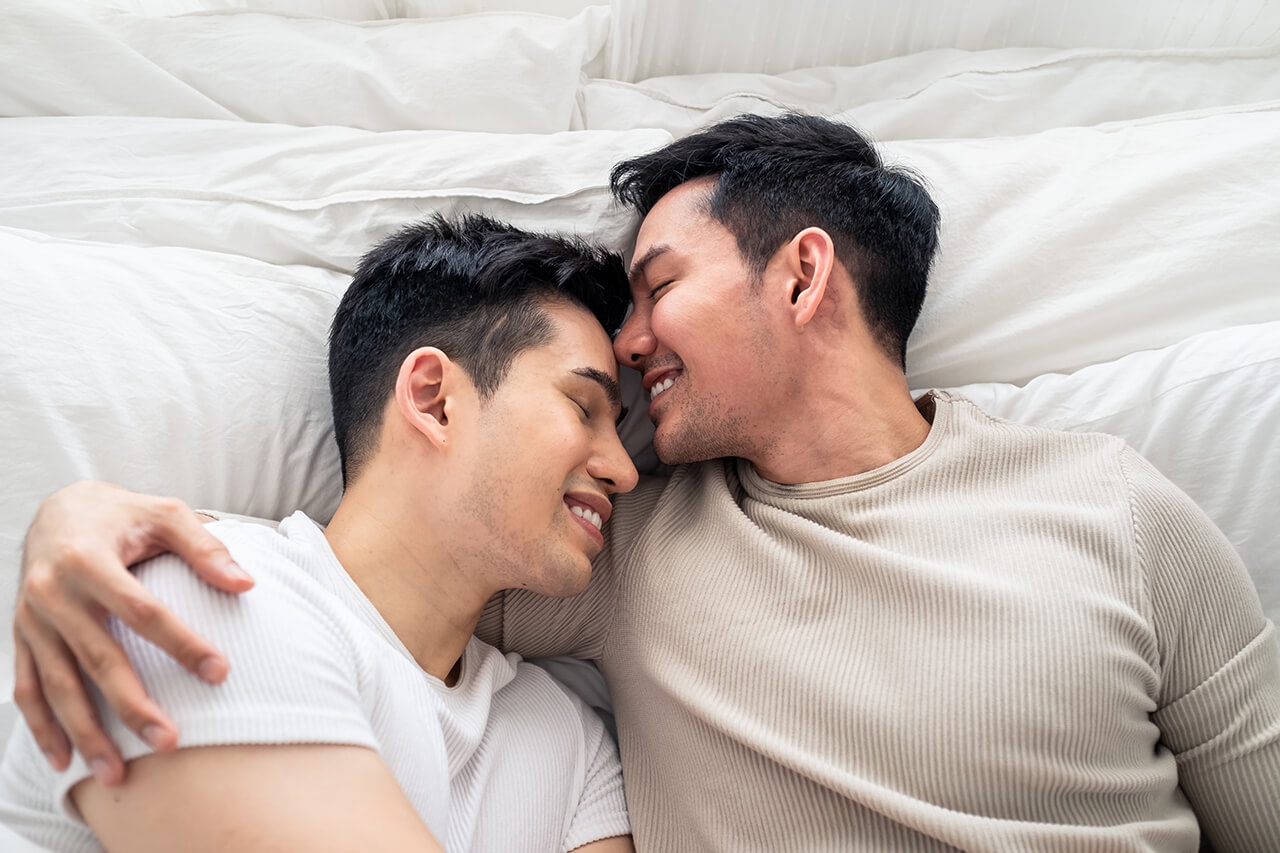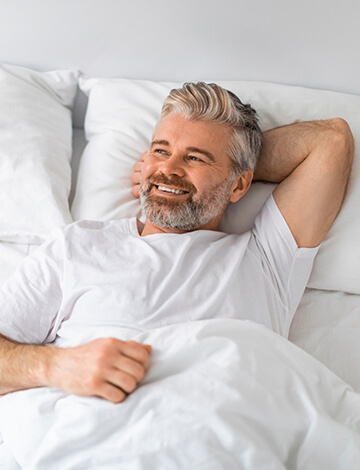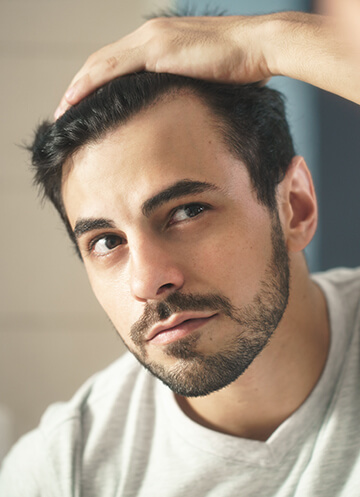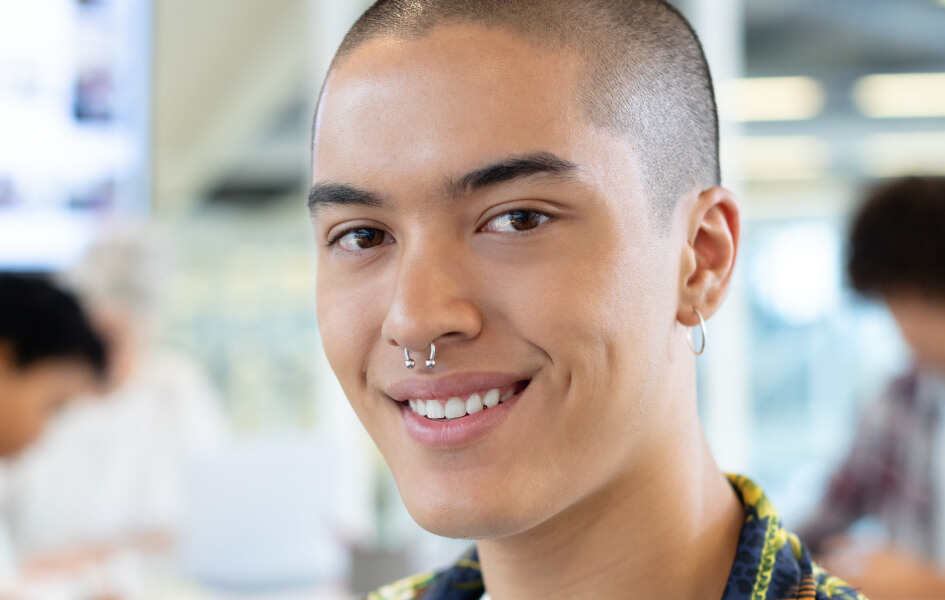Finasteride's solution to thinning hair
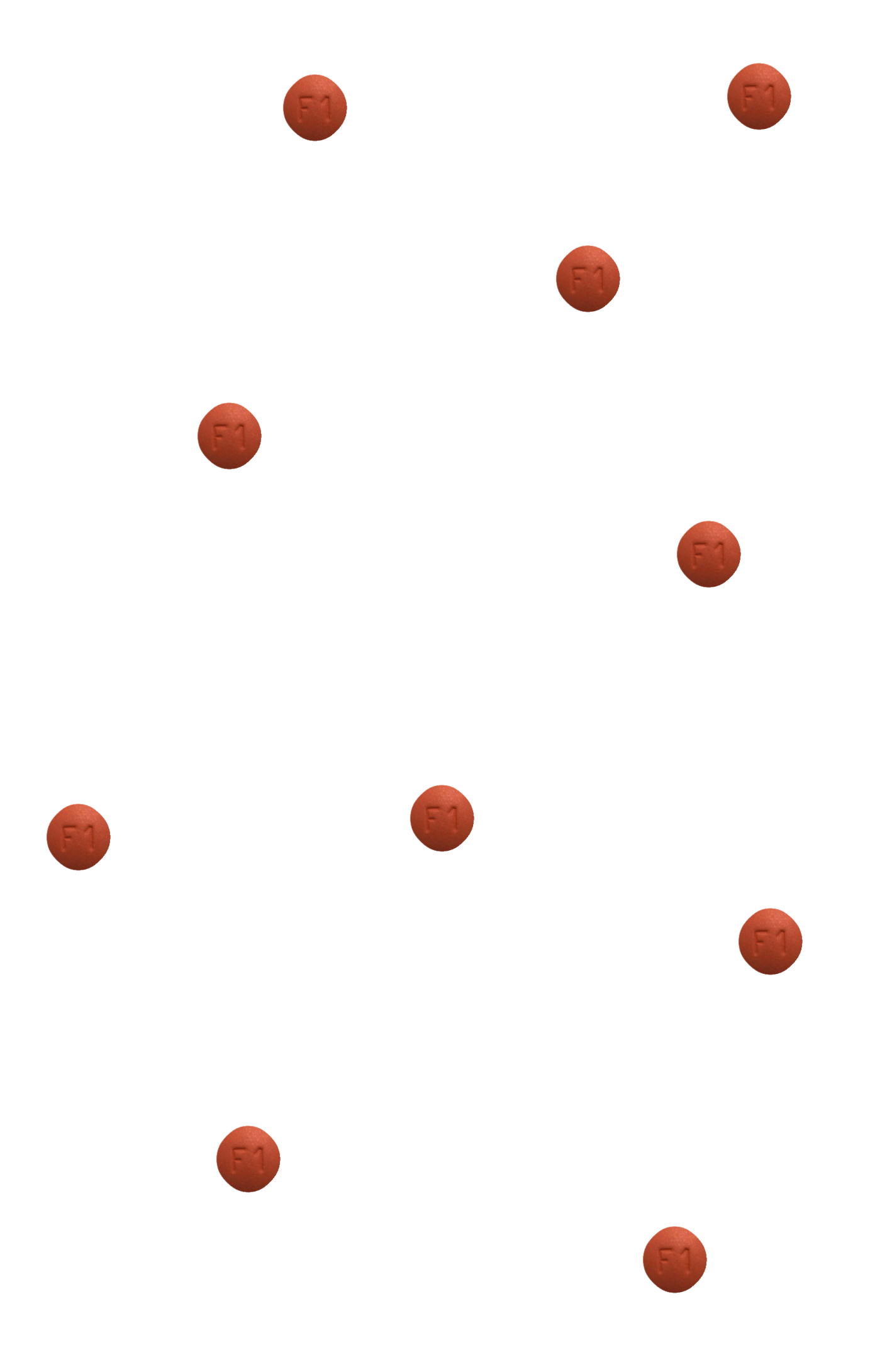
What Causes Hair Loss?
Male-pattern hair loss (androgenic alopecia) is primarily driven by hormones—especially dihydrotestosterone (DHT)—and genetics. Over time, hair follicles become sensitive to DHT, leading to thinning hair, shorter growth cycles, and eventually follicle dormancy.
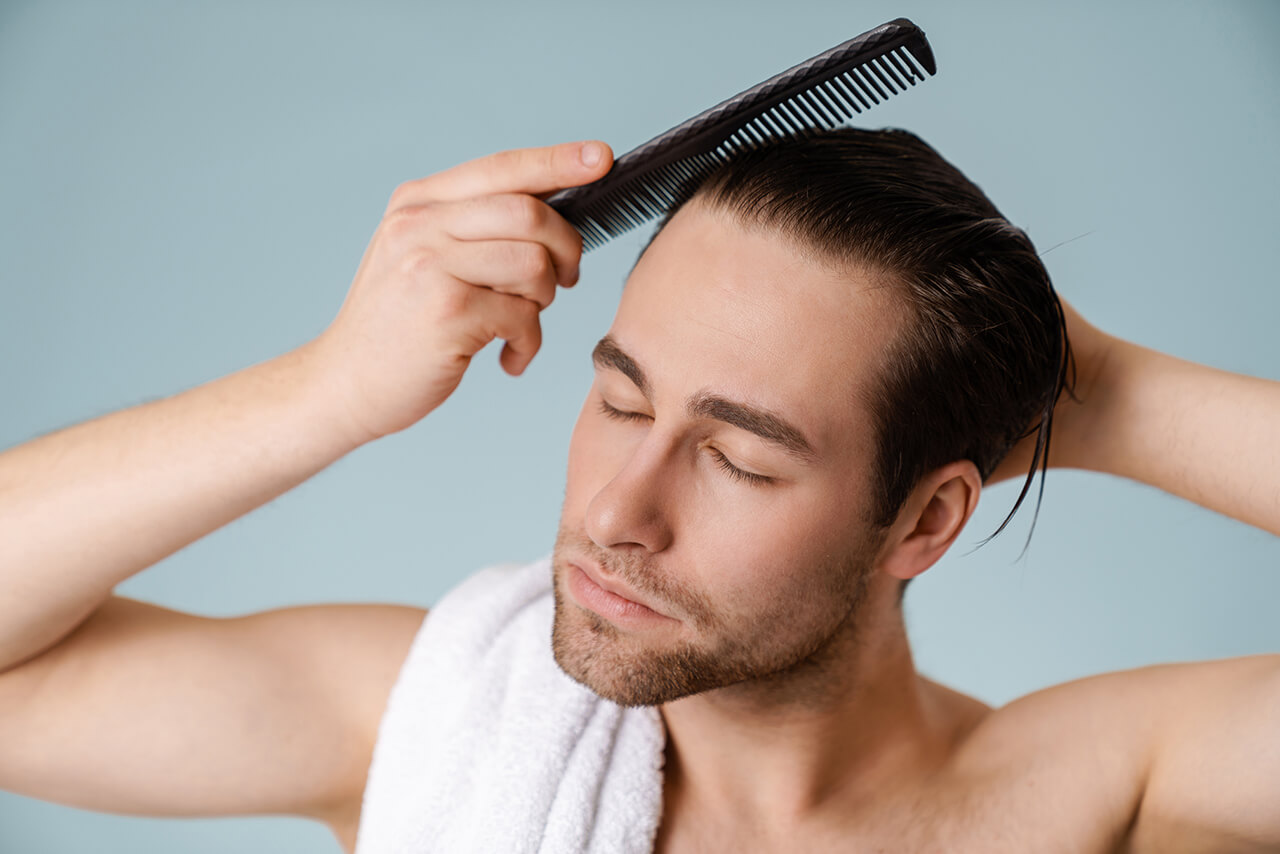
How does it work?




Popular
Have questions?
What is Finasteride?
Finasteride 1mg is an oral tablet, prescription medicine that is FDA approved to treat male pattern baldness. At a higher strength of 5mg, Finasteride is FDA approved to treat BPH (Benign prostatic hyperplasia).
How Finasteride and Minoxidil Help?
- Finasteride — inhibits the enzyme (5-alpha reductase) that converts testosterone into DHT. Lowering DHT by up to 70% helps “wake up” dormant follicles and stop further hair thinning.
- Minoxidil — increases blood flow to hair follicles, promotes growth, and can thicken existing hair.
- A combination approach often gives better results than either treatment alone.
What to Expect & Timeline:
- Initial improvement often appears around 3-4 months
- More visible change by 6-9 months of daily use
- Full results are typically seen in about 1 year, assuming consistent treatment
- Skipping doses or altering the schedule may reduce effectiveness
How to Take It
- Take one dose daily as prescribed, with or without food
- Maintain daily routine; consistency really matters
Side Effects & Safety Info
Most users tolerate treatment well. Possible side effects may include:
- Sexual side effects: reduced libido, erectile dysfunction, lower ejaculate volume
- Breast tenderness or enlargement (gynecomastia)
- Allergic reactions: rash, itching, swelling
- Rare or more serious: if you notice persistent changes or severe side effects, contact your provider
Dosing safety: Women who are or may become pregnant should not use this medication. Always follow the provider’s instructions and consult with them about your complete health history.
What is Minoxidil?
Minoxidil is a prescription medication used to stimulate hair growth. Minoxidil widens blood vessels which leads to increased blood flow to hair follicles. This improved blood flow, in turn, enhances the follicles’ function and stimulates hair growth in individuals experiencing hair loss.
What are the possible side effects of Oral Minoxidil?
Side effects are uncommon at the low doses used to treat hair loss. However, as with all prescription medications, side effects can occur:
- Fluid Retention: Oral minoxidil can lead to fluid retention, causing swelling in the ankles and other parts of the body.
- Increased Heart Rate: It may cause an increase in heart rate, which can be problematic for individuals with certain cardiovascular conditions.
- Hypertrichosis (Excessive Hair Growth): One interesting side effect is increased hair growth. While this is a desired effect when using Minoxidil for hair loss, this hair growth can appear on other parts of the body.
- Pericardial Effusion: There have been reports of oral minoxidil causing fluid accumulation around the heart (pericardial effusion).
- Electrolyte Imbalance: It can lead to electrolyte imbalances in the body.
- Chest Pain: Some individuals may experience chest pain or discomfort.

